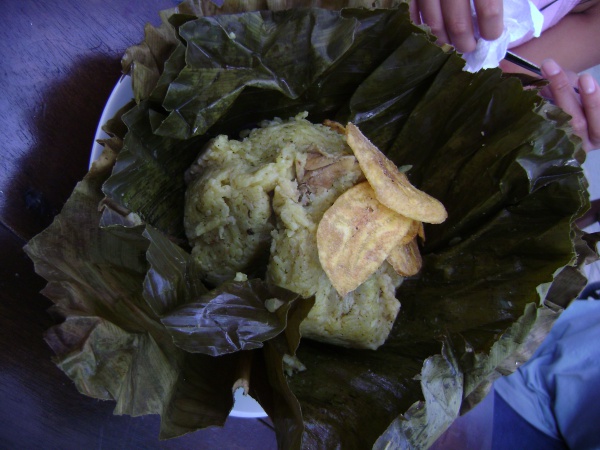Facts About Juane
The "juane" is a cherished dish in Peruvian jungle cuisine, especially enjoyed on June 24th to celebrate the feast of St. John the Baptist. The name "juane" is believed to originate from the story of St. John the Baptist's beheading, a tale spread by Spanish missionaries in Incan territories. Traditionally, juane is designed to be a travel-friendly meal that can endure long periods without spoiling.
Preparing a juane begins with a mix of rice, meat, olives, hard-boiled eggs, and spices. This mixture is then wrapped in bijao leaves and boiled for approximately an hour and a half. There are many variations of juane; rice can be substituted with cassava, chonta (palm heart), a mix of rice and cassava, beans, or other ingredients. To bind the mixture, it is coated with beaten eggs before wrapping. Juane is typically served with accompaniments such as tacacho (a type of plantain), cassava, or boiled bananas, depending on local traditions.
Several types of juane exist, each with its own distinctive twist. The traditional juane is the classic version, whereas the special juane includes additional ingredients. Chonta juane incorporates bits of chonta, cassava juane features fish like paiche, and avispa juane combines ground pork and fried chicken. Nina juane replaces rice with chicken pieces, and sara juane uses a blend of ground raw peanuts, corn, and chicken broth instead of rice. Each variation provides a unique interpretation of the classic juane, celebrating the rich diversity of Peruvian jungle cuisine.

 Chile
Chile